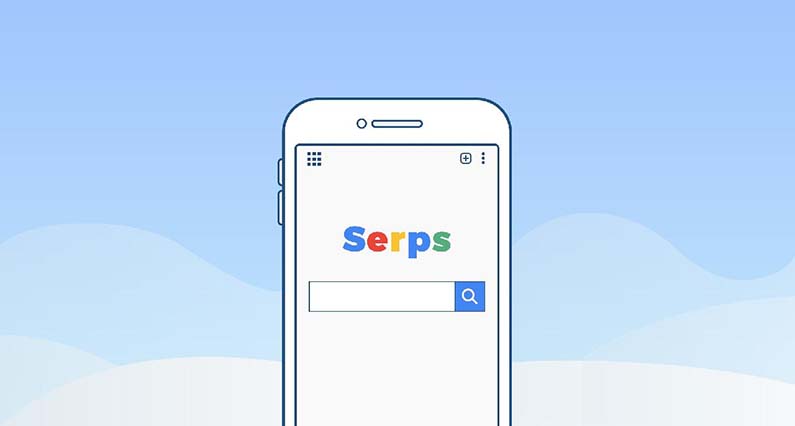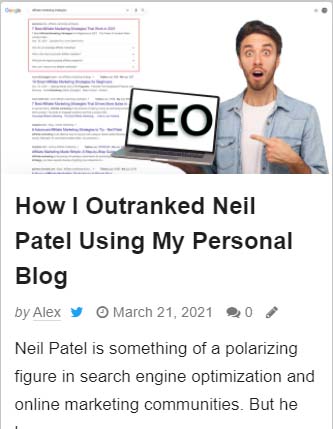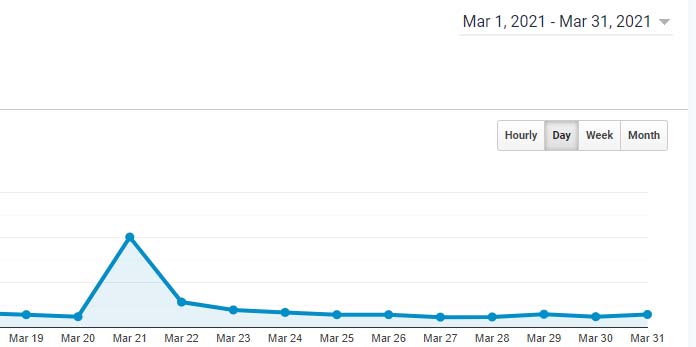How To Do SEO Without Doing SEO – 7 Powerful Strategies

The art of doing SEO without doing SEO is like Bruce Lee’s art of fighting without fighting. While your competitors are grinding out content and begging for links, use these non-SEO hacks to drive sweet, sweet traffic to your website.
What is SEO?
SEO or Search Engine Optimization is the art of ranking #1 on Google and other search engines such as Bing and DuckDuckGo. In recent years SEO has become more accessible to new learners, and blogging has become somewhat saturated.
SEO competition is at an all-time high. How can you fight against such strong odds?
Ask many SEOs, and they’ll tell you that SEO is just about content and links. While this isn’t entirely wrong, those marketers are missing out on an entire (and essential) aspect of driving traffic to a website; the art of SEO without SEO… also known as creative promotion.
How do you do SEO without doing SEO?
This is just an incredibly clever(?) way of talking about website promotion, but it’s more specific than that. The idea of SEO without SEO is that the traffic you drive directly benefits your SEO performance.
Is it possible to improve your ranking without improving your link profile or improving your content? Yes, it is. Let’s talk about how.

How to “be like water” from an SEO perspective
Bruce Lee’s famous instruction to his students to “be like water” in combat can be applied to many scenarios. When it comes to marketing a website, you need to be like water by flowing wherever your target audience happens to be online.
While you can drive traffic to a website by creating content and building links, other faster ways of generating traffic send powerful signals for search engines to consider. Here are just a few of these tactics.
Go “viral” on social media
If you’re thinking “going viral on purpose is impossible,” you’re thinking too hard. You don’t need to create a video or photo that goes viral for millions of views overnight. Instead, share content with the right audience in the right way, and it can significantly increase your traffic.
There are a few ways of “simulating” virality, which involve a bit of investment. For example, you can pay an influencer to shout out a link to an article their audience will like, or you can run ads such as Facebook ads.
If this sounds too easy, there is a finesse to it, just like a proper one-inch punch. A great way of intentionally getting a “viral” amount of attention is to run ads using the inverted unicorn strategy on Facebook.
In brief, the inverted unicorn strategy involves targeting two or more unrelated interests. It can be used to create laser-focused ads with a vastly improved chance of getting engagements, including comments and shares.

Make a buzz in online communities
This tactic can take place on social media such as Facebook groups, online forums, and other closed and open communities.
The trick is to make a valuable but controversial post on a topic the community cares about. The controversy will drive extra engagement while the value keeps the overwhelming power of the post positive.
For example, I recently posted a screenshot of me outranking some high-authority websites in a big Facebook group. The accompanying post was equal parts bragging and sharing SEO knowledge.
The result was over 250 engagements and over 100 comments! Many beginners posted to thank me or tag their friends, and a lot of intermediate and advanced SEOs chipped in with their agreement or disagreement.

But that’s not the point. The point is that this likely caused over 100 extra people to search for the keyword in question over the next 24 hours. A significant percentage of them clicked through on my article and even read it.
This surge in “organic” search traffic led to the algorithm prioritizing my article, and it has been ranking in the top three ever since. While it had SEO benefits, the traffic was generated via Facebook organic marketing.
Syndicate content in the right places
Content syndication can be as simple as republishing an article from your blog on another platform.
The value of this lies in the fact that most platforms come with an audience built in. For example, suppose your content is likely to get a significant response from an active community on the platform. In that case, it can lead to many people clicking through to your website.
For example, the most popular article I ever published on Medium.com was syndicated from my blog. It was a small Facebook ad case study. It appealed to many of the freelancers and small business owners that frequent Medium.
On the other hand, if I were to syndicate an article of little interest to anyone on Medium, it would be unlikely to help my SEO.

Publish related content on other platforms
Another method of generating increased interest in your website is to publish content that supports it somehow. For example, once in a while, if I have a post on my blog I really want people to pay attention to, I’ll make a YouTube video or a post on Medium that promotes it in some way.
This can be as direct as writing about how I achieved a ranking with the post I’m promoting or as indirect as discussing a larger topic and including a tangential link. Either way, it gives me a place to link to the article and drive potentially interested parties to my blog.

This worked very well for me on one occasion, when I wrote an article about how I outranked Neil Patel and shared it on GrowthHacker. Although it didn’t get a ton of engagement on that platform, it did get re-shared on other platforms and linked to several times.

As you can see from the screenshots above, the day I posted that article saw an approximate 10x increase in traffic over the previous day.
Implement roundups and features
A great way to get other people to promote your content is to feature them in it. One tried and true method of getting a ton of social shares is to write a large roundup post where you link to a number of websites and shout them out for a specific feat.
Most people will either be flattered by being included or at least happy about the link, so they’ll be likely to share it on social media and even potentially in their newsletter.
The first time my website ever got more than 100 visitors in a day was because I featured five writer websites in an article. I linked to all of them and shared the post in a Facebook group we all frequented.
The initial post in the Facebook group got a massive amount of engagement because the people I featured all responded and shared it. At least one of them also shared the article with their newsletter audience, which resulted in me getting a backlink from Substack.
I’ve also been on the other end of roundups. When a company contacted me asking if they could feature me in a roundup about bloggers, I was happy to say yes and share the roundup with my audience on social media.
That roundup featured about 100+ bloggers, so imagine how many social shares they got!
You can also feature individual companies, such as by doing a case study about their marketing efforts or even just linking to them as an external resource.
Give something way
This is about more than a lead magnet. There are few better ways of encouraging people to share and link to your content than giving away something really valuable. If you’re a programmer or have the funds to hire one, ask yourself this question:
What simple piece of software would my audience LOVE to have for free?
If you create a tool such as a Chrome extension, a web app, a WordPress plugin, or even a desktop app and give it away for free, people will fall over each other to drive traffic to your website. It’s almost like having affiliates.
A perfect example is the TablePress plugin. This is a free WordPress plugin that is currently installed on over 800,000 websites! The owner is a student who created it primarily out of a love for WordPress, and he must get a ton of traffic and offers because of it.

Get some affiliates
If all else fails, you can start an affiliate program based on whatever you sell. Give your affiliates a cut of the sales they drive to your website, and you’ll incentivize them to promote your content in their outreach campaigns.
If you can assemble a decent team of affiliates, you will start getting links and shares from platforms and websites you might never have thought of marketing on. It’s hard to overstate the value of a strong affiliate army.
How To Do SEO Without Doing SEO: The Path of Least Resistance
If you want to boost your traffic and your rankings without slogging through content optimization and standard outreach/link building strategies, some of the tactics in this article may be right for you.
Of course, there are more strategies I haven’t covered here, but these should help you get started on the path to finding your own.
What’s your secret promotional sauce? How do YOU do SEO without doing SEO? I dare you to publish it here in a comment!

